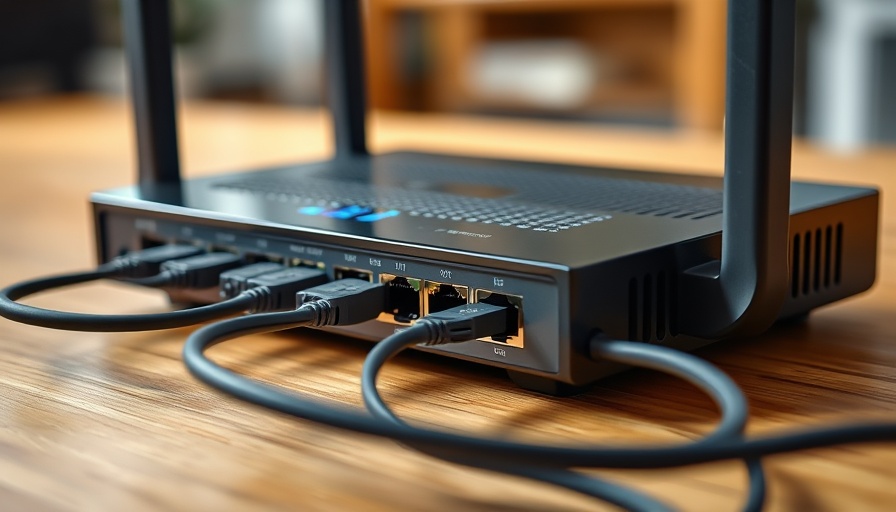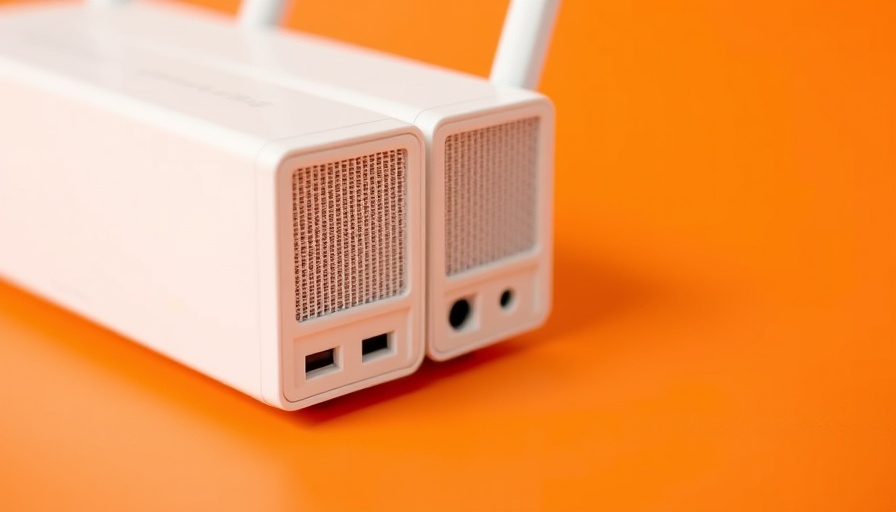
Understanding the Importance of Router Maintenance
Are you frustrated with unexpected interruptions in your internet service? Before considering a change in your internet provider, it's crucial to evaluate the state of your Wi-Fi connection. Surprisingly, many connection issues can be traced back to the router itself. This article explores the simple yet effective method of rebooting your router and why it should be the first step in troubleshooting your internet concerns.
The Science Behind a Router Reboot
When troubleshooting slow internet speeds or connectivity issues, a reboot is often the quickest fix. A router reboot essentially clears the temporary issues that may be impacting its performance. Experts like Dave Coleman, a director at Extreme Networks, emphasize the significance of this straightforward procedure, stating, "It's amazing how that'll solve like 90% of the problems." By unplugging your router, waiting for approximately 30 seconds, and plugging it back in, you're essentially giving it a fresh start—just like restarting a stalled computer game.
When to Reset vs. Reboot: Know the Difference
While a simple reboot often solves many problems, a full reset to factory settings may occasionally be necessary. If problems persist after multiple reboots, a factory reset can help eliminate any persistent issues. It's worth noting that this process erases all custom settings, so document your configurations before proceeding. Understanding when to reboot and when to reset can save you time and hassle in the long run.
Local Conditions and Router Performance: A Connection to Your Service
Environmental factors can also affect your router's performance. Extreme weather conditions like storms, temperature fluctuations, or physical obstructions can disrupt the signal. By understanding the interplay between local conditions and router performance, you can take proactive measures to improve your internet experience. This may include relocating your router or investing in signal boosters to reinforce connectivity during adverse conditions.
Tips for Optimizing Your Router's Performance
Beyond rebooting and resetting, there are several strategies you can employ to keep your router running smoothly. Ensure it is updated with the latest firmware, placed in a central location away from interference, and equipped with strong security protocols. These measures can significantly enhance performance and provide a more consistent internet experience.
Future Trends in Home Internet Connectivity
As technology advances, the need for reliable internet connectivity continues to grow. Future trends suggest that smart home devices will further proliferate, leading to increased demand for robust, uninterrupted internet service. Understanding the basics of router management and maintenance will be essential for adapting to tomorrow's connectivity challenges.
Are you experiencing connectivity issues? Don’t immediately switch your service provider; consider rebooting your router first. Remember, often the simplest solutions can yield the best results. Stay informed about your home internet needs by exploring these straightforward yet effective tips.
 Add Row
Add Row  Add
Add 




Write A Comment